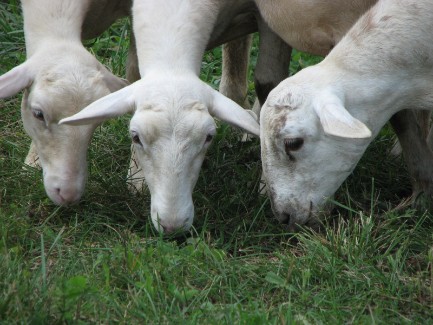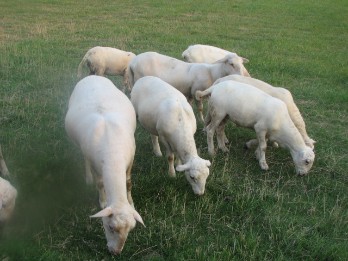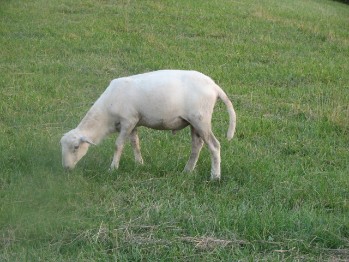Katahdin Hair Sheep

|   Rams are
aggressive breeders, generally fertile
year round, and can settle a large number of ewes in the first cycle of
exposure. With selection a flock can consistently lamb throughout
the year. The Katahdin ewe shows a strong, protective mothering
instinct,
usually lambs without assistance, and has ample milk for her lambs. Lambs
produce a high quality,
well-muscled carcass that is
naturally
lean and consistently offers a very mild flavor. Lambs are comparable
to other medium-sized maternal breeds in growth and cutability. Lambs
are desirable for specialty markets at a variety of ages and weights,
wethers
are appropriate for conventional North American markets at 95 to 115
pounds." Katahdin Hair Sheep International, P.O. Box 778, Fayetteville, Arkansas 72702-0778 479-444-8441; khsint@earthlink.net |